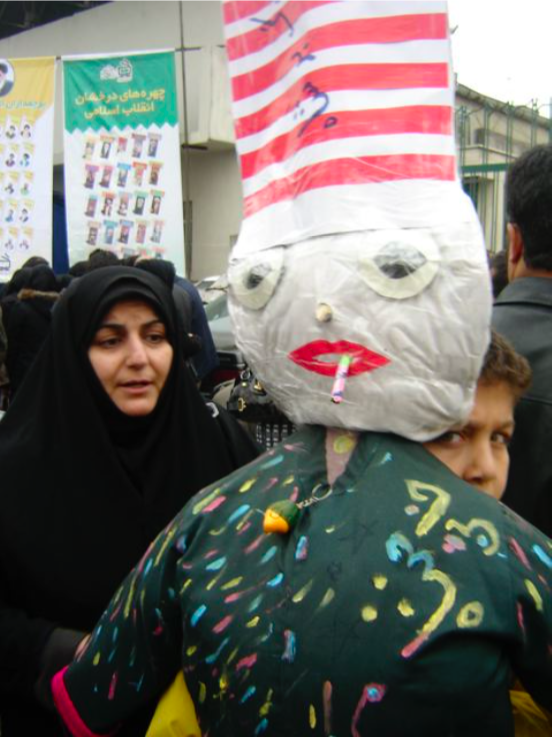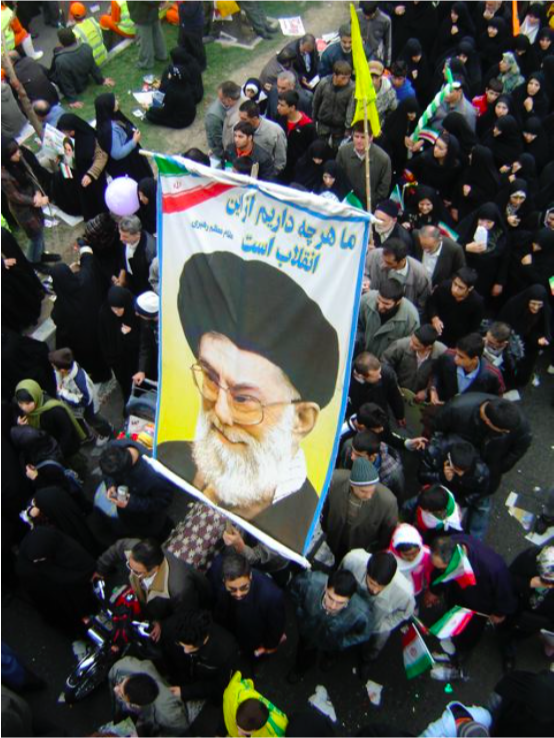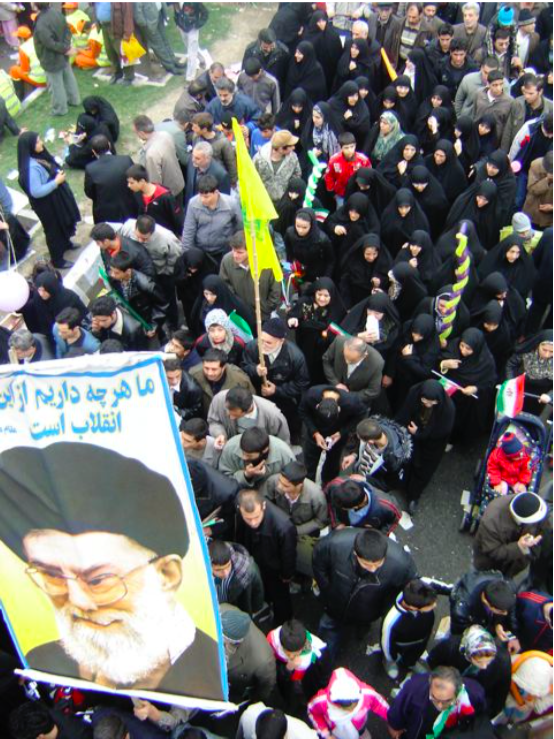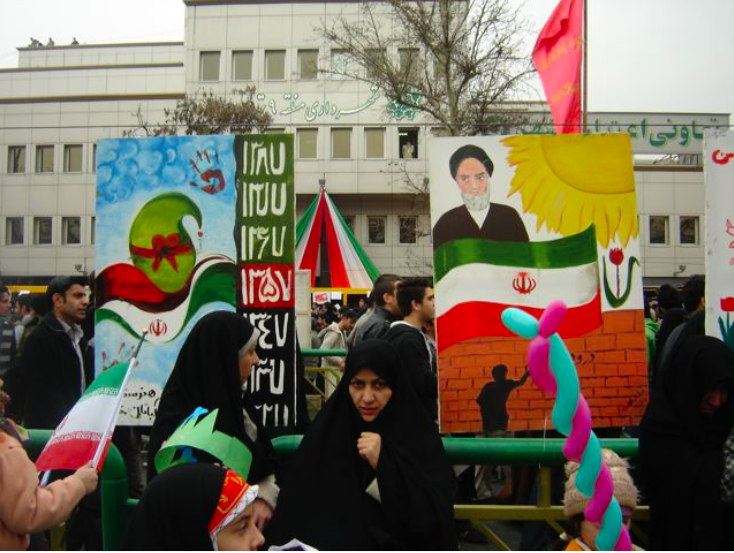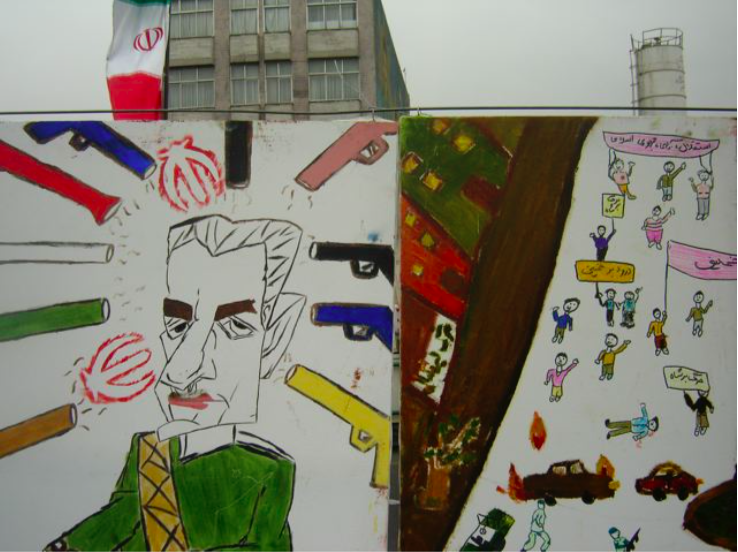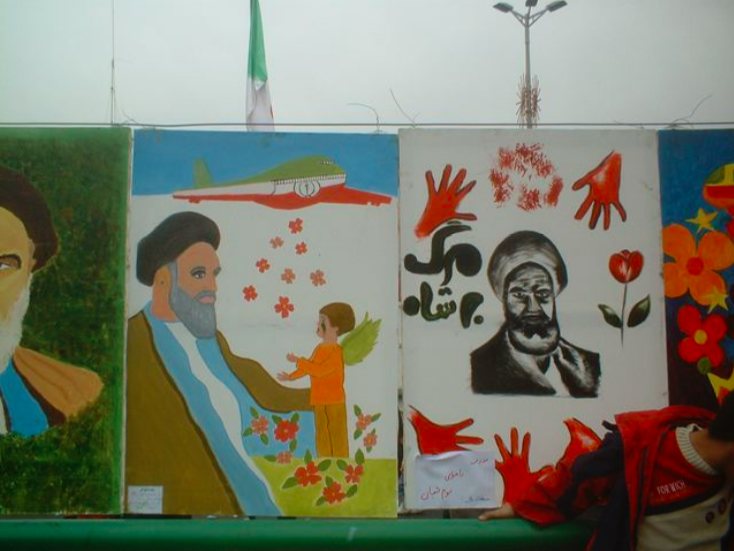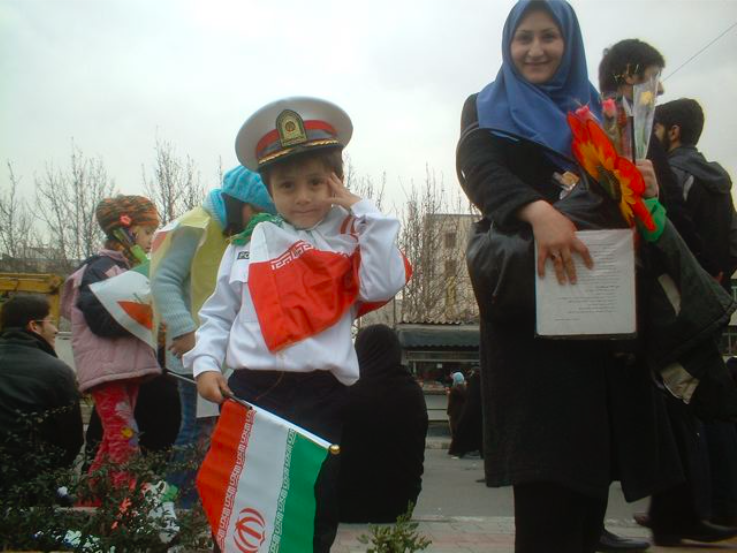I think it was pretty clear that I was most fascinated by this question of “strategy or tactic,” and whether or not at some point the two become confused, both conceptually and in practice. Debray repeatedly calls Allende’s tactic into question, the latter’s enduring faith in Chile’s “bourgeoisie legalism,” and although Debray acknowledges (perhaps out of politeness, as Ashwin suggested) that “objective conditions” demand that Chile follow the electoral path, Debray wonders whether there are limits to such a course. At some point a severe break will have to occur, one that by necessity must occur outside of legal and constitutional frameworks. Of course, such a break did occur, but it came from the right, not the left…
The question for a man of Debray’s ilk, an activist committed to action and perhaps convinced of the need for violence (he denies this), is whether the mutual entrapment of left and right within the logic of democracy can be sustained. See for example Debray’s question to Allende on pg. 80: “Don’t you feel that you are gradually becoming institutionalized?” Earlier, in his preamble, Debray writes:
“But ultimately, who has neutralized who…Who has tied whose hands? When one uses the legal system of the bourgeois State, is one not simultaneously used by it—in practice?…Such is the Chilean ambiguity—inevitable at the present, perhaps temporary stage. Here, crystallized and revealed in a crucial conjuncture, we rediscover the reciprocal conditioning of the terms of the contradiction to which the long coexistence of bourgeois-democratic institutions and the rising popular movement has led. Each of the terms present, imbricated together, acts both as a limit and a sanction with respect to the other…” (pg. 44)
Again, the question of “strategy versus tactic,” and whether or not at some point the two become confused, is the issue here. Is Allende’s enduring faith in “bourgeoisie legalism” as a revolutionary course a strategic response to the particular historical circumstances of the Chilean people and the country’s “revolutionary situation,” as it were, or simply a tactical maneuver to avoid the intervention of reactionary forces in his country? Does, in other words, Allende really believe in democracy? Does it matter?
Similar questions might be asked of Ernest “Ché” Guevara and the role of violence. I’ve set Ché as Allende’s foil, though I’m not certain that it’s necessarily obvious that these two men are so different (“For Allende, who is trying to obtain the same results by other means.”). Ask yourself, is Ché’s insistence, with all of its echoes of Frantz Fanon, that violence is an unavoidable and inevitable reasoned adherence to a revolutionary strategy? Or has violence become, as perhaps we saw with the Baader Meinhof group, “the thing itself?”
The next question to ask, I suppose, is “So what?” If tactics and strategy merged in the Chilean and Cuban story, how did this affect the course of the revolutionary process in Chile, or in Cuba/Congo/Bolivia, countries exposed to Ché’s adventurism? Maybe a better question to ask is how did the revolutionary OUTCOMES in Chile and Cuba affect revolutionary struggle in the region and around the world, in the seventies and eighties? How did the catastrophe in Chile (here I’m referring to Sept. 11, 1973) influence what happened in 1989 and the peaceful velvet revolutions that broke out across Eastern Europe? Or, turning the example on its head, how did the Chilean failure to produce revolution-by-democracy inform the violent struggles that took place in places like Italy, Germany, Japan, and across Latin America?
Chile and Cuba, Allende and Ché, stand as oppositions, a choice between electoral and violent paths to revolution. I wonder, however, if this was, is, a false choice or dichotomy. What, ultimately, did the paths taken by Ché and Allende accomplish? If there were failures, could it be said that those failures were due to decisions made by the UP or by Ché and Castro? I’m thinking here, of course, of the role of US intervention…
Would Allende have eventually found a way to mobilize if not all of Chilean society behind his revolution, then at least a sufficient number by which to govern? What percentage would that have been?
Or was it the case that the key variable was ultimately the military, the boys with the toys, in determining how far this Chilean experiment would reach…?
Consider the implications of the following quote by Ché, as well as Allende’s insistence that the political leadership in Chile expresses more than guides the will of the people. These claims revisit the issue of structure vs. agency, the relationship of elite leadership and mass action. Think about what we learned with Mao, how it didn’t take much for Mao’s leadership, if you can call it that, his ad hoc and seemingly arbitrary interventions to send the country and her universities into a tumult. Who is leading whom?
“‘Whether the revolution takes place through peaceful passages or whether it will come into the world after a painful birth, does not depend on the revolutionaries, it depends on the reactionary forces of the old society, which refuse to allow the birth of the new society, engendered by the contradictions held by the old society. The revolution plays the same part in history as does the doctor who assists in the birth of a new life. He does not use instruments of force unless they are necessary, but he uses them without hesitation each time that they may be necessary to aid the birth. It is a birth which brings the hope of a better life to the enslaved and exploited masses.”
Our authors speak of ordinary people as being a bit lost, in need of direction from above, from the vanguard. Ché speaks of the masses seeing only “in halves.” What is the consequence of such self-appointment and, frankly, condescension?
Finally, note that Allende won the 1970 presidential election in Chile with a bare plurality of the vote, a vote split neatly into thirds between 3 (very different) candidates. Given this circumstance, would Allende have eventually found a way to mobilize Chilean society behind his revolution, a sufficient number by which to govern? I guess what I’m asking, for a revolutionary committed to the “legal path” of revolution, what percentage would that have been?
Perhaps I’m looking in the wrong direction. Is it the case that the key variable was not the “guidance” of the people, but the arbitration of the military, the boys with the toys, in determining how far the Chilean experiment would reach…?
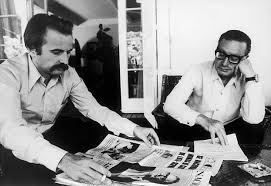
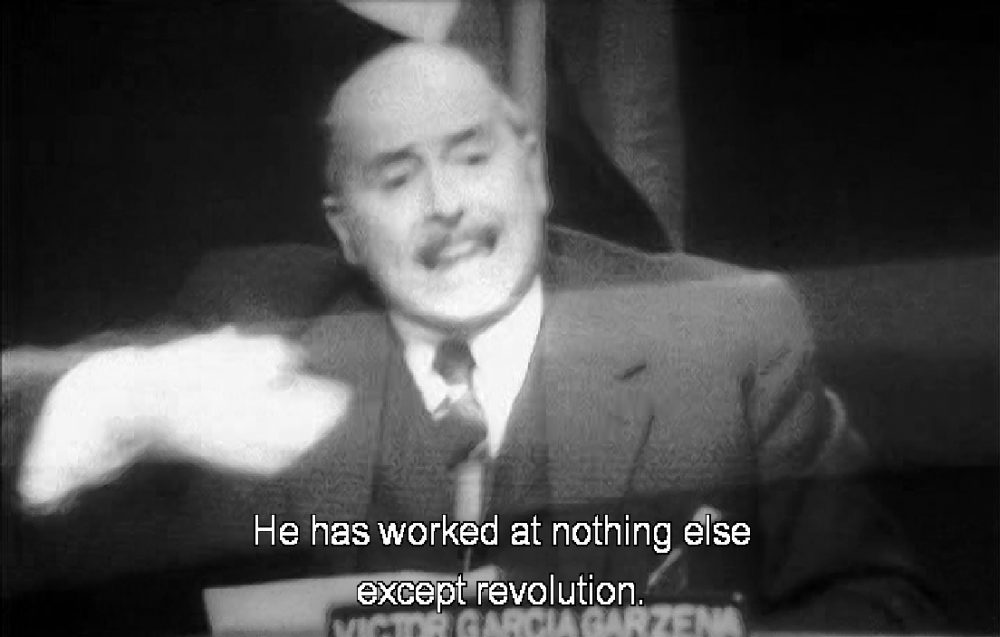
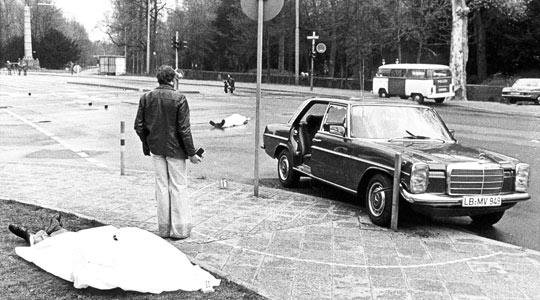
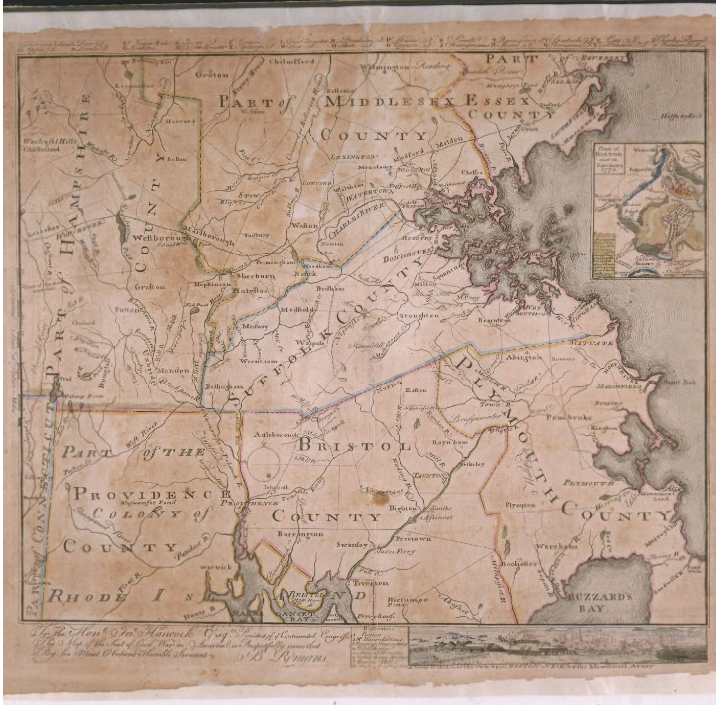 To the Hone. Jno. Hancock Esqre. President of the Continental Congress; This Map of the Seat of Civil War in America is Respectfully Inscribed
To the Hone. Jno. Hancock Esqre. President of the Continental Congress; This Map of the Seat of Civil War in America is Respectfully Inscribed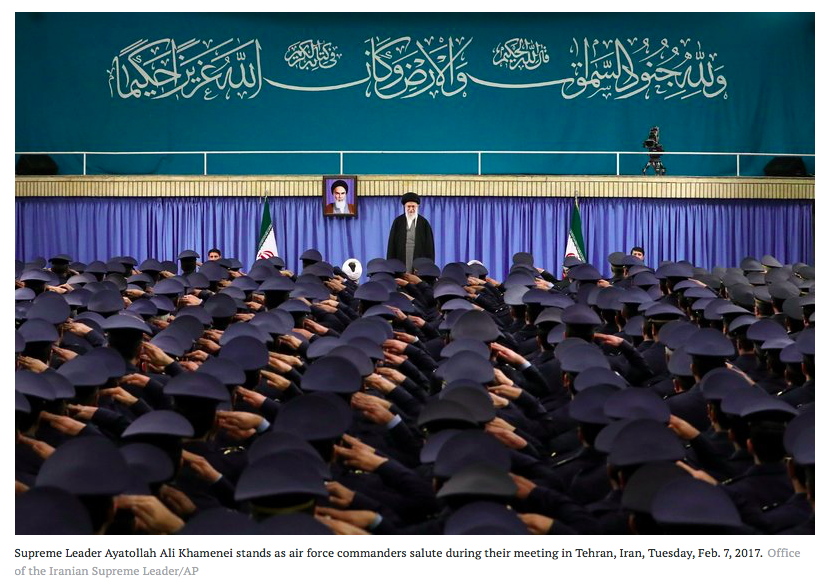
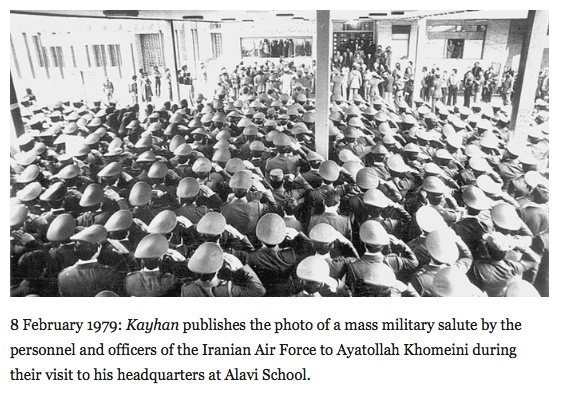
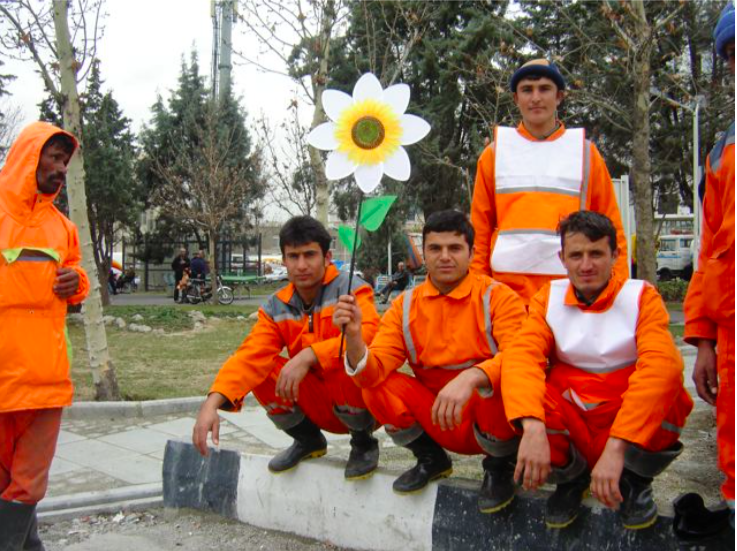
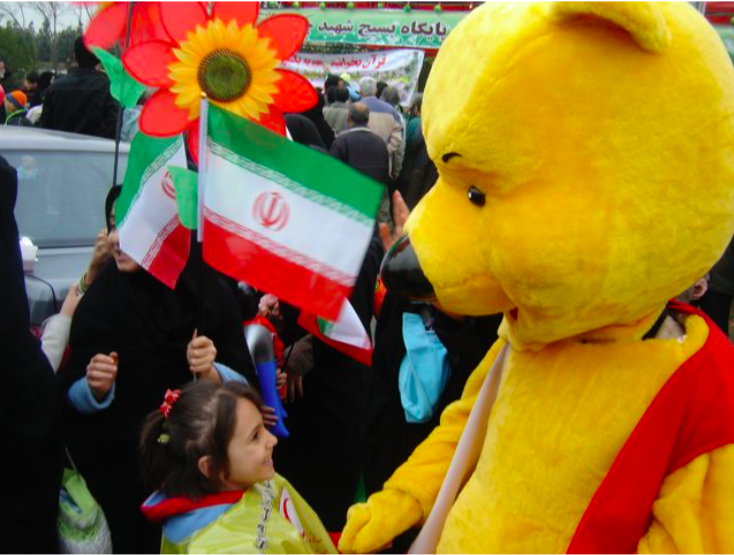
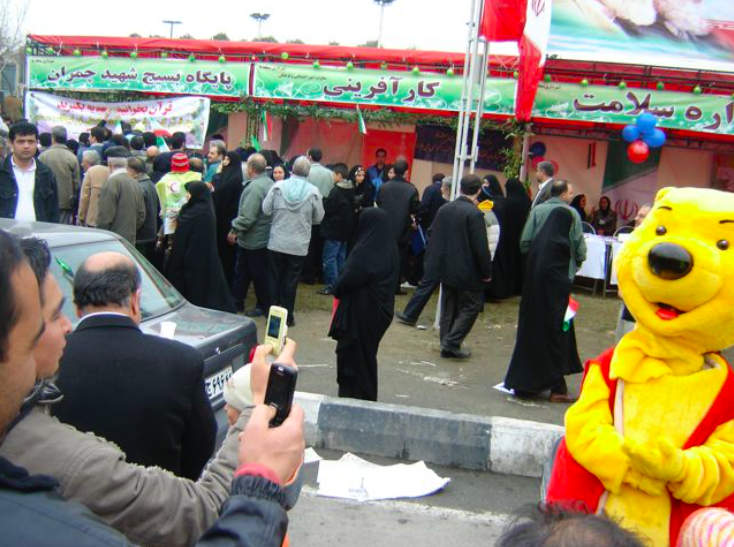
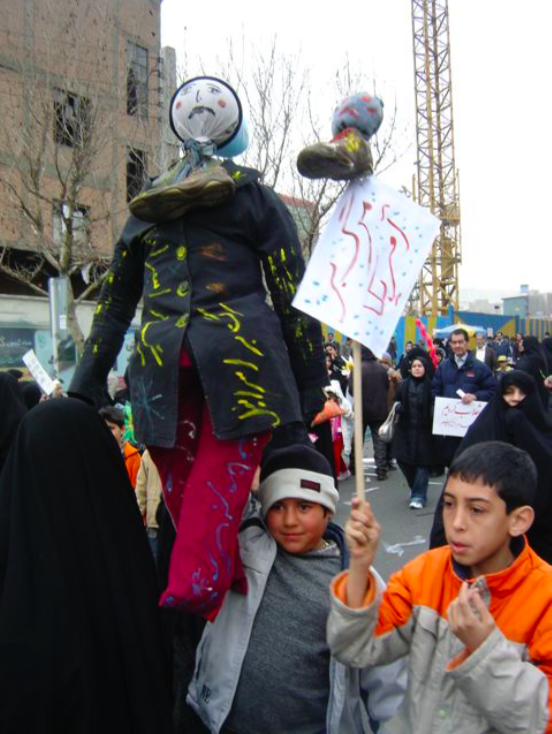
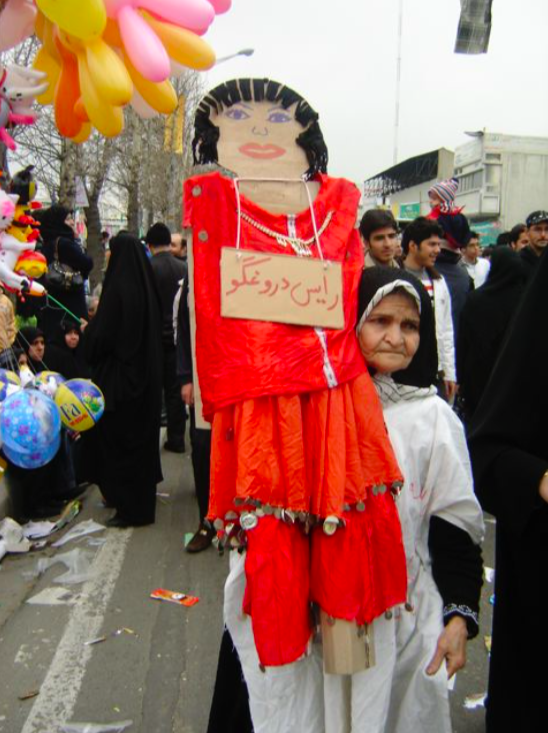 “Condi the liar.”
“Condi the liar.”